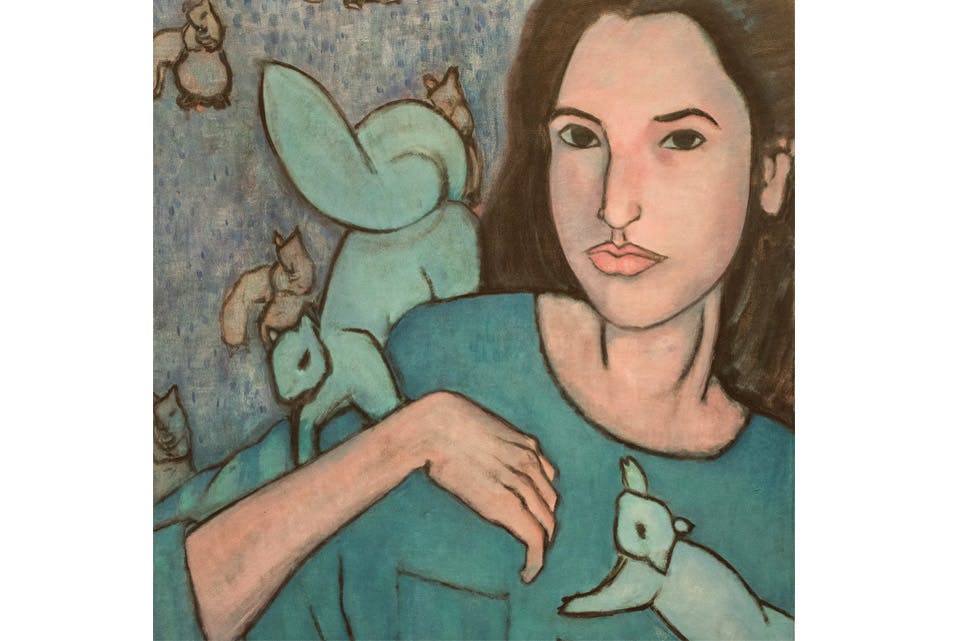Arts
Life’s Work
Columbus painter Michael Weisel shares family memories on canvas at the Zanesville Museum of Art.
Related Articles

Celebrate Legendary Women at These 5 Ohio Museums
Visit these sites that honor individuals who left an indelible mark on history, from a pioneering suffragist to a famous sharpshooter to a literary icon. READ MORE >>

Engage Your Kids’ Sense of Wonder at 5 Ohio Science Centers
Curiosity fuels learning at these kid-focused destinations across our state that are filled with hands-on experiences, insightful exhibits and big fun. READ MORE >>

5 Ohio Museums that Celebrate Aviation and Space Exploration
Learn about our state’s deep ties to aeronautics at these museums where exhibits stretch from the Wright brothers to the Space Race. READ MORE >>



